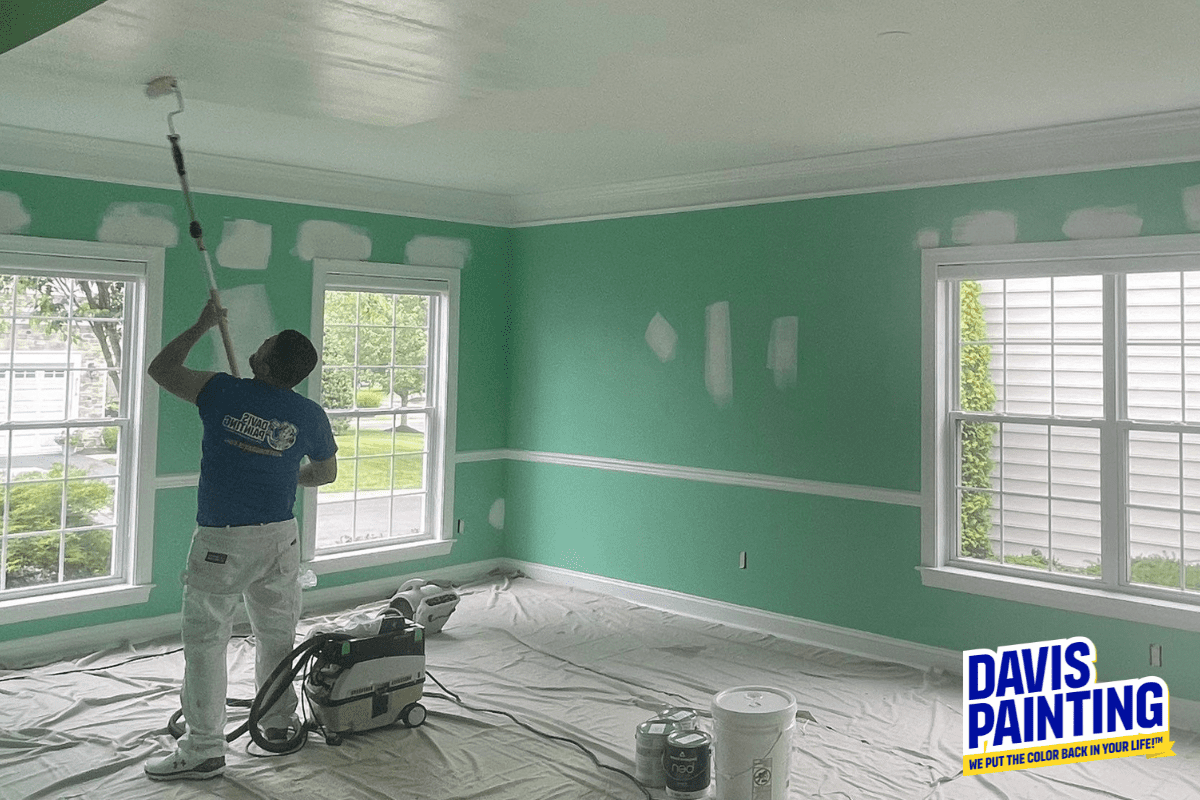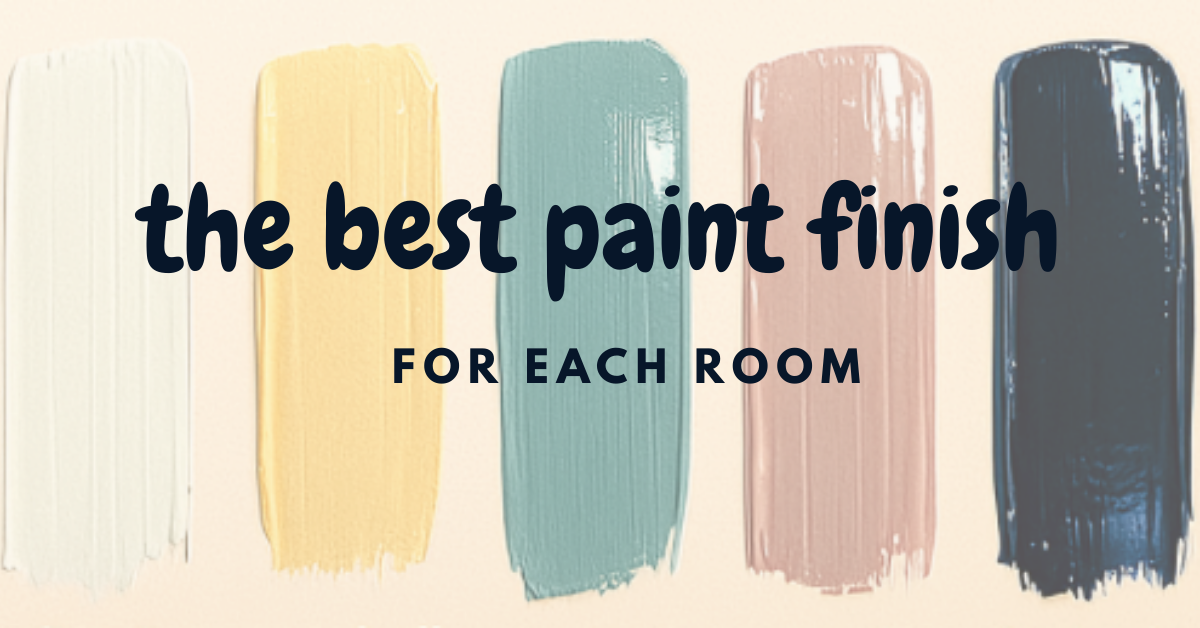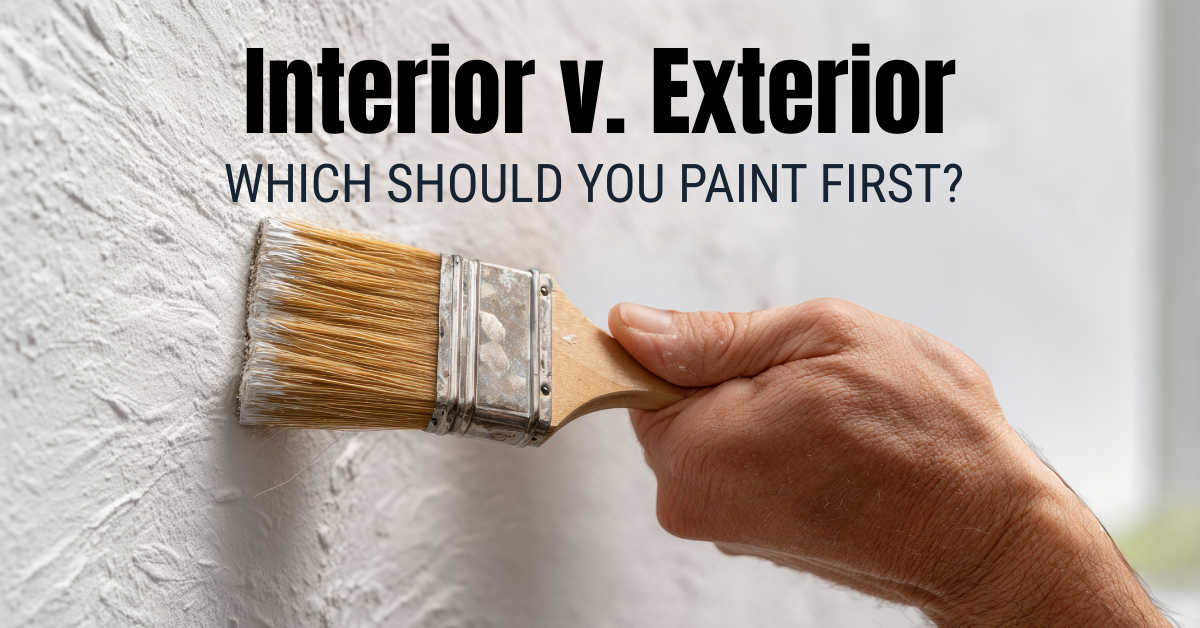One of the key factors to achieving a flawless, long-lasting paint job is timing. Knowing how long to wait between coats of paint is crucial for ensuring smooth coverage, proper adhesion, and a durable finish. Rushing through the process can lead to a variety of problems, like uneven texture, streaking, peeling, or bubbling. So, how long should you actually wait between coats of paint?
At Davis Painting, we emphasize the importance of timing to our clients. Whether you’re tackling an interior or exterior project, here’s everything you need to know about how long you should wait between coats of paint to achieve professional results.
1. General Guidelines for Drying Time
The amount of time you should wait between coats largely depends on the type of paint you’re using. Different paint formulas have different drying times, which can also be influenced by environmental factors like temperature, humidity, and ventilation.
Water-Based (Latex) Paints
Water-based paints, also known as latex paints, are the most commonly used type of paint for interior projects. Sherwin Williams offer some great interior latex paints. These paints dry relatively quickly and are easy to work with.
- Wait Time: 2-4 hours between coats
- Dry to the Touch: Within 1 hour
- Recoat Time: 4 hours
Latex paints dry faster than oil-based paints because they are water-soluble, which allows the water to evaporate quickly. For most interior walls and ceilings, you’ll need to wait at least 2 hours between coats, but it’s best to give it 4 hours for optimal adhesion.
Oil-Based Paints
Oil-based paints take longer to dry because they rely on oxidation (a chemical reaction with air) to harden. These paints are often used for surfaces that need a more durable, glossy finish, such as doors, trim, and furniture.
- Wait Time: 24 hours between coats
- Dry to the Touch: 6-8 hours
- Recoat Time: 24 hours
Since oil-based paints require more time to cure, patience is essential to prevent issues like streaking or a tacky finish. Davis Painting recommends waiting a full day before applying another coat of oil-based paint.
2. Factors That Affect Drying and Recoat Time
While the paint type sets the base timeline, other factors can influence how quickly your paint dries and when it’s ready for a second coat. Here’s what to watch for:
Temperature
Paint dries faster in warm temperatures, typically between 50°F and 85°F. Painting in cooler conditions slows down the drying process, especially with oil-based paints.
- Warm Weather: Accelerates drying time, but avoid painting in direct sunlight as this can cause the paint to dry unevenly or too fast, leading to cracking.
- Cold Weather: Slows the drying time significantly, so be prepared for longer wait times if painting in colder conditions.
Humidity
High humidity levels mean more moisture in the air, which can extend the drying time for both water-based and oil-based paints. In high humidity, water-based paints may take much longer to evaporate, resulting in tacky or uneven finishes.
- High Humidity: Slows the drying process, requiring longer wait times between coats.
- Low Humidity: Helps the paint dry faster, allowing you to apply a second coat sooner.
Ventilation
Good airflow can speed up drying times by helping the paint’s water or solvent evaporate more quickly. Open windows or use fans to keep air circulating during the painting process.
- Well-Ventilated Spaces: Allow paint to dry and cure faster.
- Poor Ventilation: Slows drying time, especially in small or enclosed spaces.
3. Why You Shouldn’t Rush Between Coats
Waiting between coats is critical to a high-quality paint job. Rushing the process can lead to several issues that are harder to fix later. Here’s what can happen if you don’t wait long enough:
Peeling or Cracking
If the first coat hasn’t fully dried before the second coat is applied, it may not bond properly, leading to peeling, cracking, or chipping over time.
Uneven Finish
When you apply a second coat too soon, the paint may streak or create uneven patches, especially with darker colors or glossy finishes. This can leave you with an unprofessional look that requires additional coats to correct.
Bubbling or Blistering
Painting over a still-wet coat can trap moisture underneath, which can cause the paint to bubble or blister as it dries. This leads to a bumpy texture that will need to be sanded and repainted.
By giving your paint enough time to dry between coats, you ensure proper adhesion and a flawless, even finish.
4. How to Tell If the Paint is Ready for the Next Coat
While waiting for the recommended time is important, you can also perform a quick test to see if your paint is truly ready for the next coat.
Touch Test
Lightly touch an inconspicuous area of the painted surface. If it feels dry to the touch and doesn’t leave a fingerprint, it’s ready for the next coat.
Scratch Test
In some cases, especially with oil-based paints, gently scratching the surface with your fingernail can tell you whether the paint has hardened enough. If it still feels soft or tacky, it needs more time to dry.
At Davis Painting, we always perform these tests to ensure the paint is ready for recoating, guaranteeing a smooth and professional finish every time.
5. How Many Coats Do You Need?
In most cases, you’ll need at least two coats of paint for full coverage, but some projects may require more. Here’s a general guideline:
- Light Colors: Typically require two coats for even coverage.
- Dark Colors: May need three or more coats to achieve full opacity and vibrancy.
- Primer: If you’re painting over a darker color or a raw surface, a primer base coat plus two coats of paint will give you the best results.
Patience Is Key to a Long-Lasting Paint Job
The time you spend waiting between coats is just as important as the painting itself. By following the proper drying times and considering environmental factors like temperature, humidity, and ventilation, you can avoid common painting mistakes and ensure a smooth, long-lasting finish.
At Davis Painting, we pride ourselves on our attention to detail and patience when it comes to delivering high-quality paint jobs. Whether you’re tackling an interior or exterior project, we’re here to ensure your paint not only looks great but lasts for years to come. Contact us today for expert painting services and advice!



